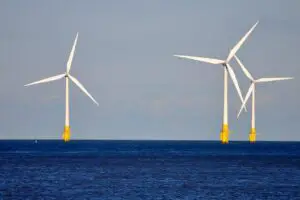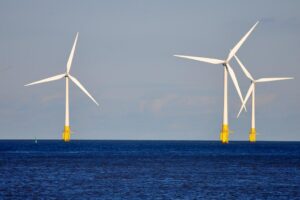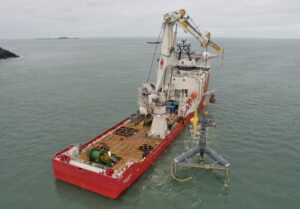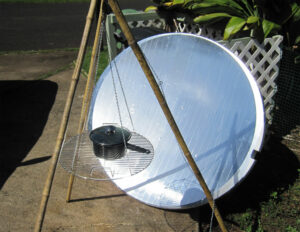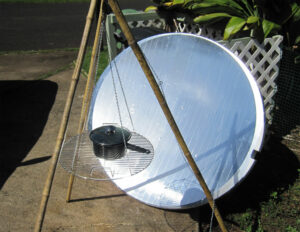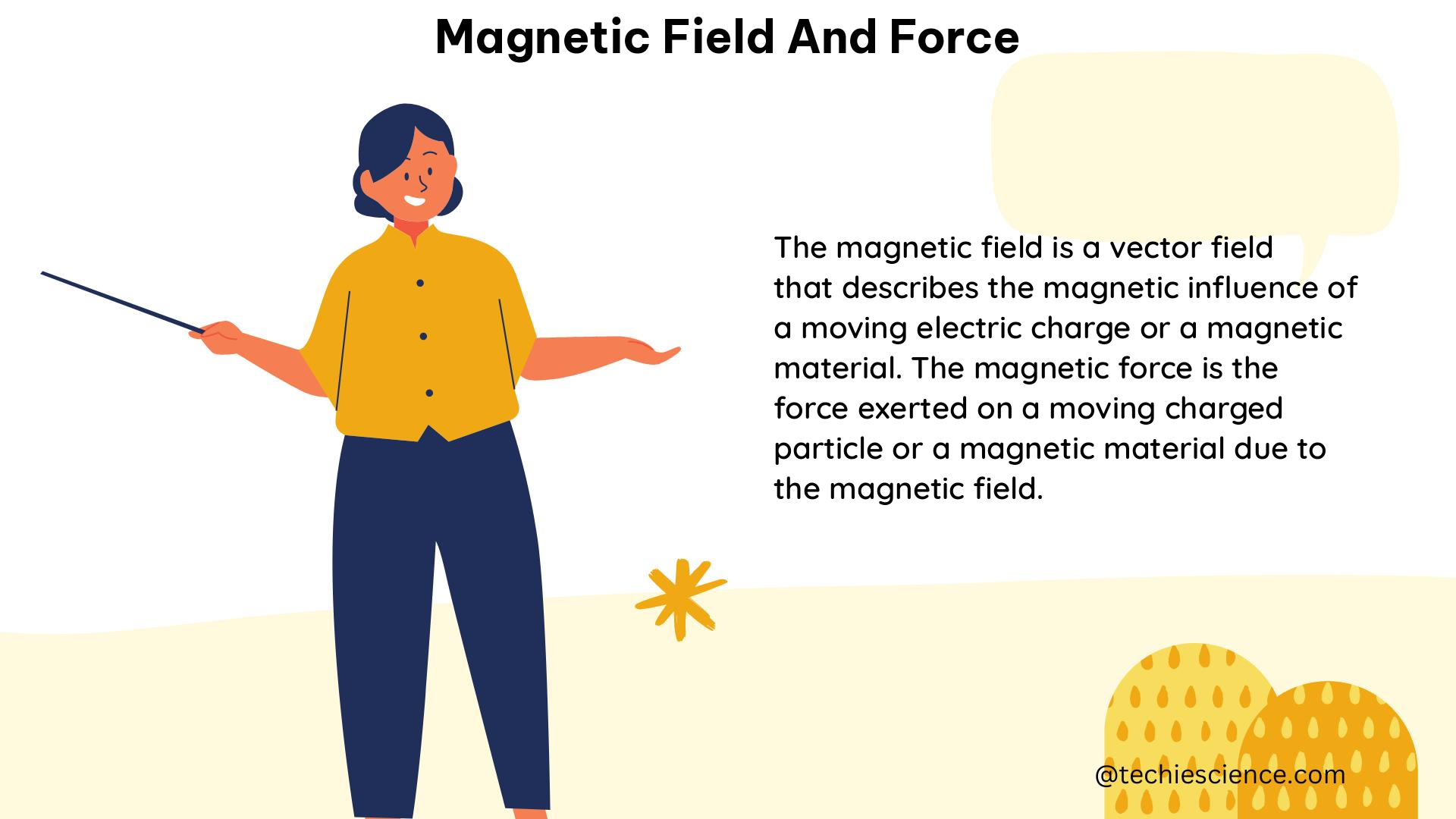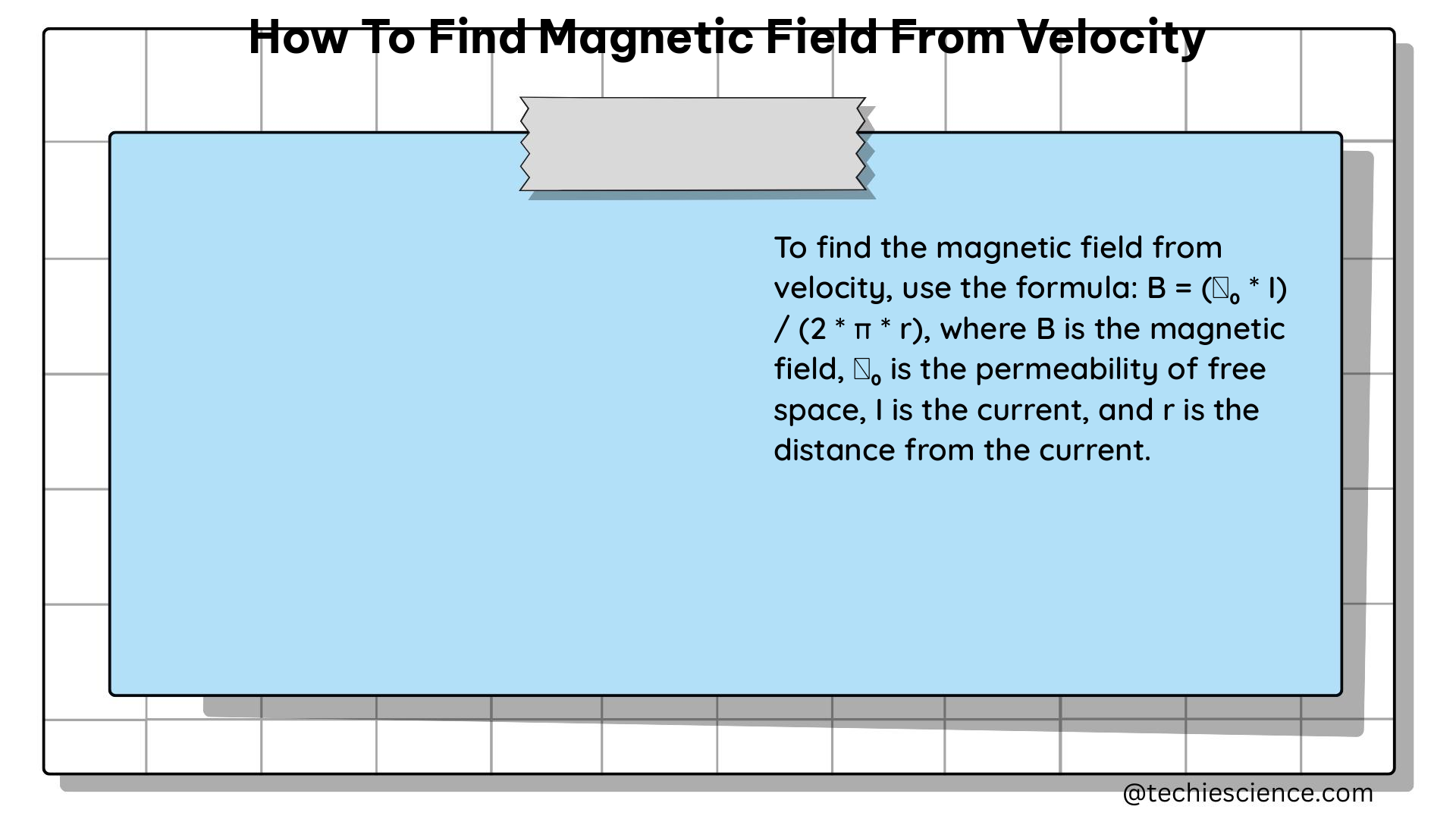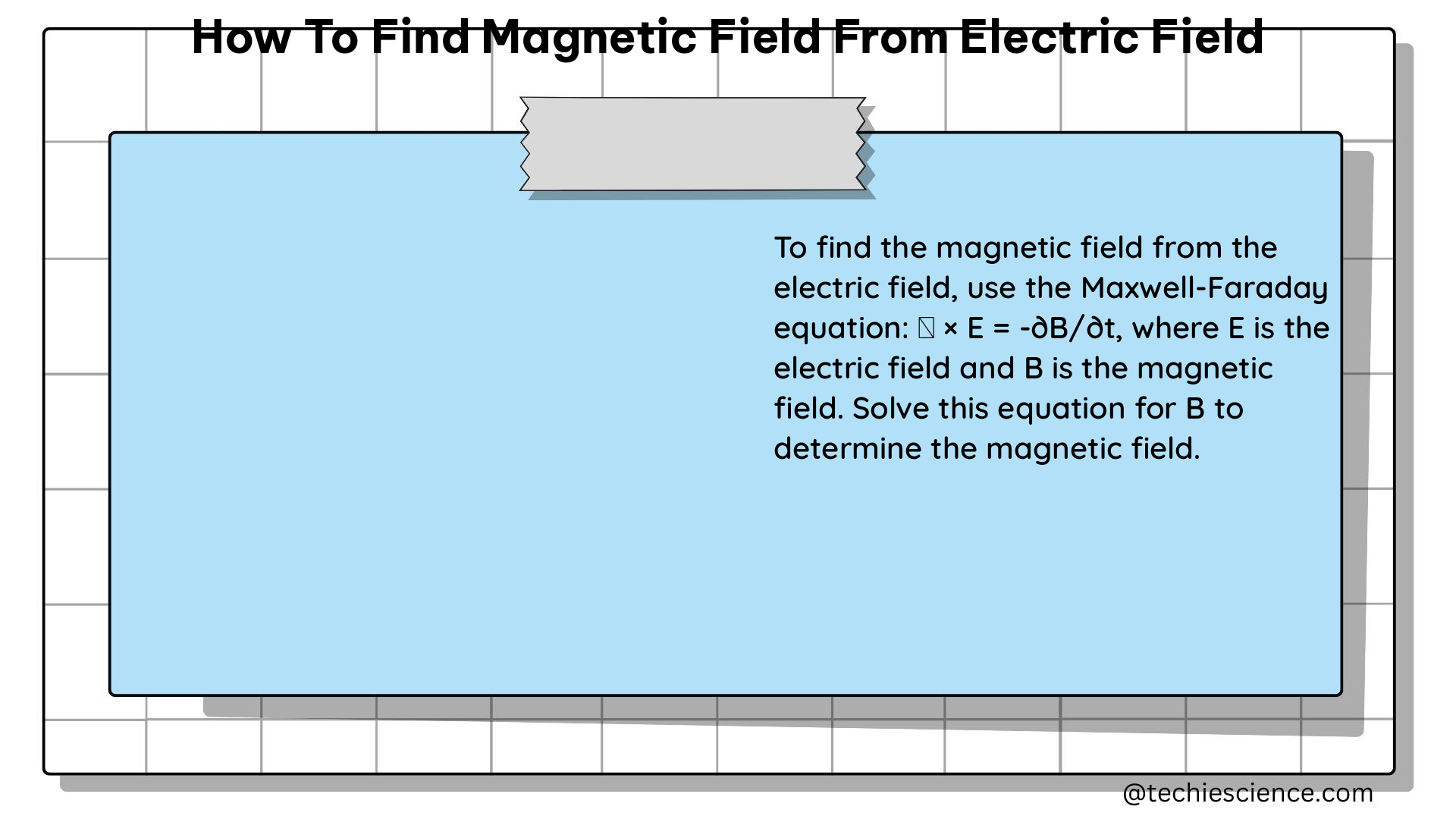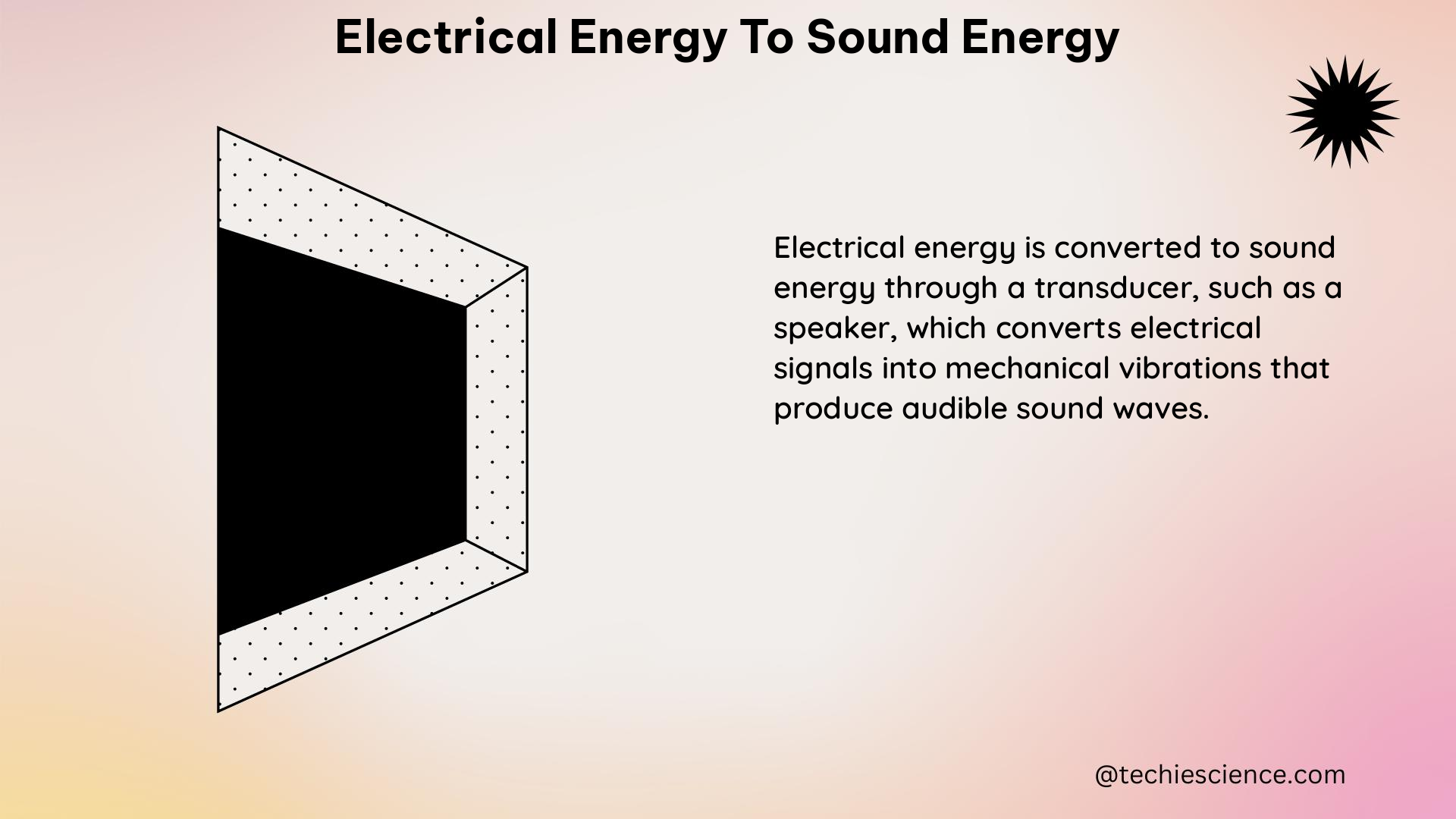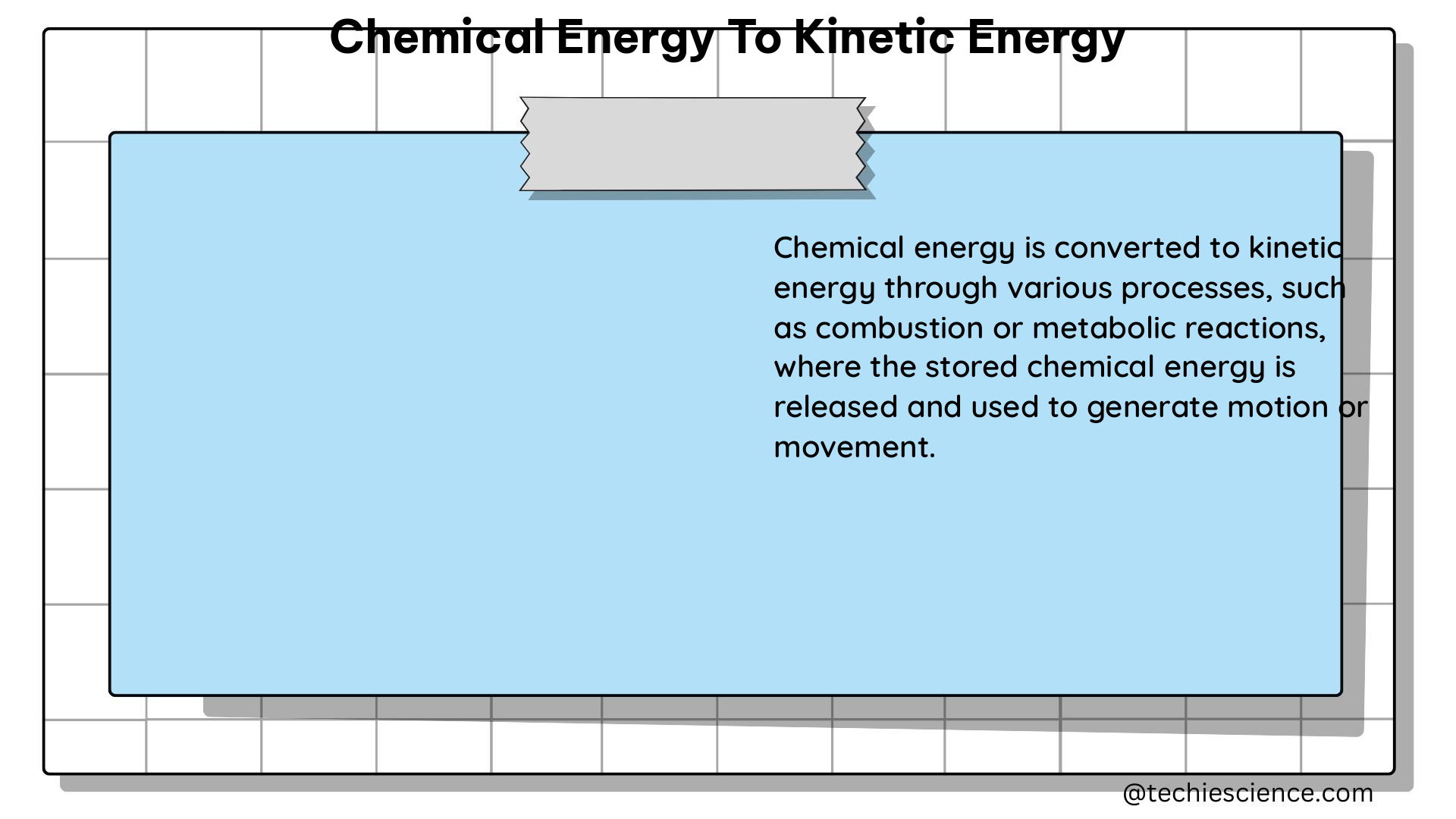Gravitational potential energy to elastic potential energy is one of the rarest of combination of energy conversion. So describing it would need a detailed review of the topic in detailed format.
When we say that gravitational potential energy to elastic potential energy, both have different explanation. We shall discuss few examples to understand the concept of the energy conversion from gravitational potential energy to elastic potential energy.
Bungee Jumping
Bungee Jumping is one of the good examples for the conversion process of gravitational potential energy to elastic energy.
The person is tied in hip with proper safety care and let lose in air, this is a good show cast of the gravitational potential energy coming into action.
Here mainly tensional force comes into play so when the weight is let down the tension force acts and the to and fro movement is observed.
So instantly the rope with the weight is pulled backwards. It shows that the gravitational potential energy to elastic potential energy conversion happens immediately and is one of the good examples.

Elastic Band Pulled Downward
When any elastic band or rubber band is pulled downward there is an observation of gravitational potential energy to elastic potential energy conversion taking place.
When the band is at rest is possess potential energy and when it is pulled downward it will possess gravitational potential energy. Also the band will be pulled back to its original position instantly which proves the theory of elastic potential energy.
The original position is called as the elastic potential energy. So the pulling movement of band is regarded to be the elastic potential energy.

How are gravitational potential and elastic potential energy related?
Generally the gravitational potential energy is the weight of the object in the presence of gravity. And the elastic potential energy is regarded to be the potential energy of the object mainly of the shape.
There is a formula which will tell us the relationship between the gravitational potential energy to elastic potential energy, and that is (GPE=weight x height).
How is gravitational potential energy converted to elastic potential energy?
In the universe not every object is acted upon its own, it requires certain energy related to its work. So here when we talk about the gravitational potential energy we generally talk about the object which possesses potential energy including gravity.
The conversion of gravitational potential energy to elastic potential energy is very much subtle and observed as a linear conversion of energy. For instance, in a spring the energy is stored as compressed energy and when released it will convert as elastic potential energy.
When gravitational potential energy is converted to elastic potential energy?
Let us take an example of a spring, this show that gravitational potential energy to elastic potential energy conversion is possible. So when the spring is being pulled downward the gravitational potential energy comes into play.
Later when the spring goes back to its original position we see the action of elastic potential energy into play. So by this way, the to and fro movement is when the gravitational potential energy to elastic potential energy conversion talks place.

Where is gravitational potential energy converted to elastic potential energy?
The gravitational potential energy to elastic potential energy conversion takes place in between the to and fro movement of the elastic object that is under action of force. The conversion of potential energy into different form talks place here.
When we let the elastic bank lose, that is when we pull the band it will automatically come back to its original position, and this exactly where the gravitational potential energy to elastic potential energy conversion takes place.
Gravitational potential energy to elastic potential energy formula
The general formula for the gravitational potential energy to elastic potential energy is given as,
GPE= weight x height.
Here we need to know the terms well, the GPE means it is gravitational potential energy, weight and height is regarded to the functions of the object under force.
Generally the gravitational potential energy is the potential energy of the object which is regarded to be under motion. The elastic potential energy is the normal potential energy of the object and this mainly depends on the shape of the object.
Gravitational potential energy to elastic potential energy efficiency
Generally when we need to find the efficiency of the potential energy there is a formula, Eg= mgh. And we can use the same formula in order to find the efficiency of the gravitational potential energy to elastic potential energy.
Basically mgh means, mass, gravity and height of the particular object that is been subjected to the potential energy. So here we know that although gravity and elasticity is been included the potential energy remain the same.
Conclusion
Gravitational potential energy to elastic potential energy conversion takes place here and we have seen all the possibilities of how, where and when the energy conversion takes place. Along with this we also have seen the formula and the efficiency of the potential energy in terms of conversion.
Also Read:
- Alternative energy examples
- How to maximize magnetic energy usage in magnetic resonance therapy for healthcare
- How to measure energy in a dark matter detector
- Kinetic energy to nuclear energy
- Why does energy matter in satellite technology
- Sound energy to electrical energy
- How to utilize potential energy in energy storage systems
- How to enhance kinetic energy conversion in hybrid car regenerative braking systems
- How to estimate energy in an atomic clock
- How to estimate energy production in fusion reactors






